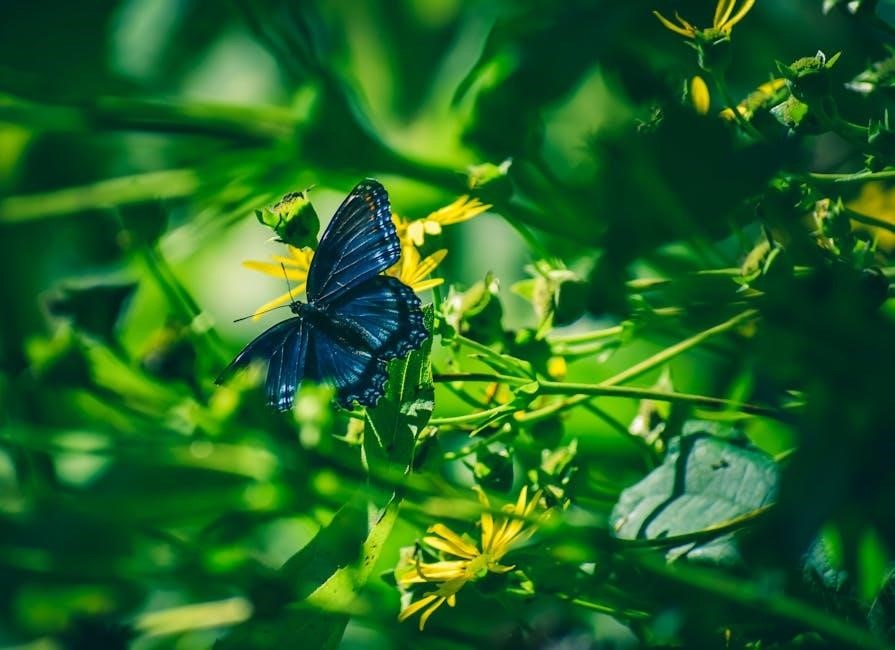The Butterfly Lovers Violin Concerto, composed by He Zhanhao and Chen Gang in 1959, is one of the most celebrated works in Chinese orchestral music. This concerto is an adaptation of the ancient Chinese legend of the Butterfly Lovers, a tragic tale of star-crossed lovers Liang Shanbo and Zhu Yingtai. The piece seamlessly blends traditional Chinese folk melodies and operatic elements with Western orchestral arrangements, creating a unique and emotionally powerful musical experience.
The concerto is structured as a single movement, divided into seven distinct sections, each recounting a part of the Butterfly Lovers’ story. The solo violin, symbolizing Zhu Yingtai, weaves through intricate melodies, while the orchestral accompaniment provides a rich harmonic foundation. The cello part, representing Liang Shanbo, adds depth and emotional resonance to the narrative.
Written during a time of cultural transformation in China, the Butterfly Lovers Violin Concerto has become a symbol of Chinese cultural heritage. It is widely performed and admired both domestically and internationally, making it one of the most recorded and beloved pieces of Chinese music. The concerto’s enduring popularity lies in its ability to evoke the timeless themes of love, sacrifice, and longing, resonating with audiences across generations.
Today, the concerto is available in various formats, including sheet music for solo violin and piano, allowing musicians and enthusiasts to explore and perform this iconic work. The Butterfly Lovers Violin Concerto remains a testament to the fusion of traditional and modern musical influences, preserving the essence of Chinese folklore while embracing the universal language of music.
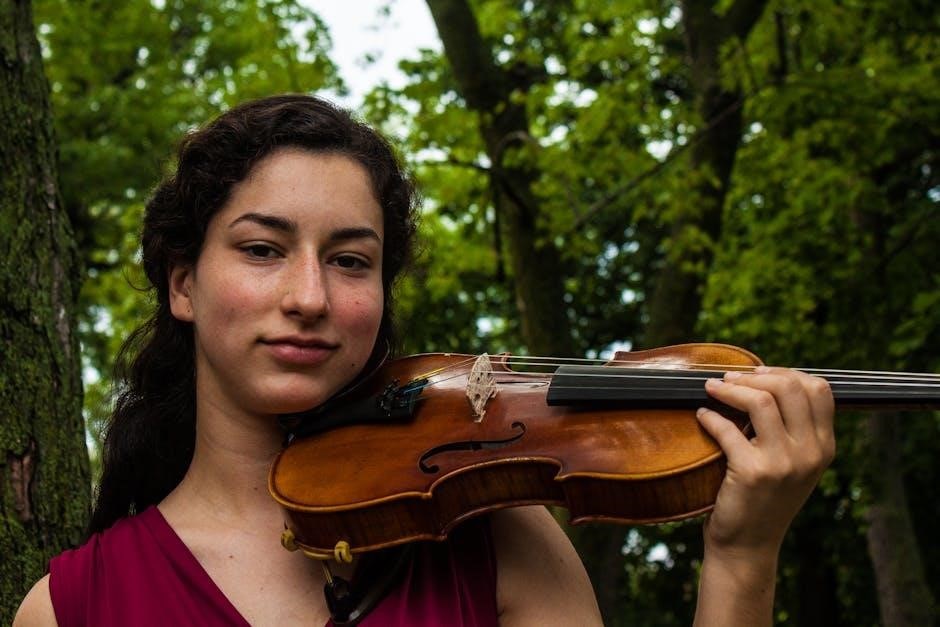
Historical Background
The Butterfly Lovers Violin Concerto, composed in 1959 by He Zhanhao and Chen Gang, is deeply rooted in China’s rich cultural and musical traditions. The concerto is an orchestral adaptation of the ancient Chinese legend of the Butterfly Lovers, a story that has been passed down for generations and continues to captivate audiences with its timeless themes of love, sacrifice, and tragedy. The composition of this work coincided with a period of significant cultural and political change in China, making it a landmark piece in the country’s musical history.
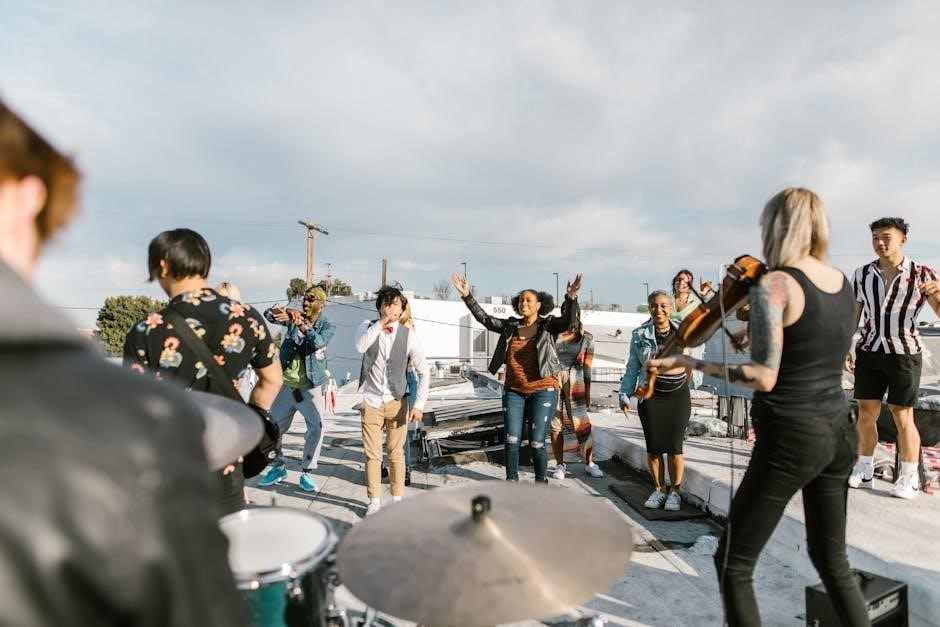
The story of the Butterfly Lovers, also known as Liáng Zhu, dates back to the Eastern Jin dynasty (317–420 AD). It tells the tale of two young lovers, Liang Shanbo and Zhu Yingtai, whose romance is doomed by societal norms and familial obligations. Zhu Yingtai, disguised as a man to pursue her education, falls in love with Liang Shanbo, but their union is ultimately prevented by her arranged marriage to another man. Liang Shanbo’s grief over their separation leads to his death, and Zhu Yingtai, heartbroken, joins him in death, transforming into butterflies to be together for eternity.
He Zhanhao and Chen Gang, two prominent Chinese composers, drew inspiration from this legend to create a musical masterpiece that would resonate with both traditional Chinese sensibilities and modern orchestral techniques. The concerto was composed during the late 1950s, a period marked by the Great Leap Forward, a campaign initiated by the Chinese Communist Party to rapidly transform the country from an agrarian society into a socialist society. Despite the political upheaval and cultural shifts of the time, the Butterfly Lovers Violin Concerto emerged as a celebration of China’s enduring cultural heritage.
The composition of the concerto was influenced by traditional Chinese opera, particularly the Yue opera, which is known for its expressive melodies and dramatic storytelling. He Zhanhao and Chen Gang incorporated folk tunes and operatic elements into the concerto, blending them with Western orchestral instruments to create a unique sound that bridged the gap between East and West. The solo violin, accompanied by a full orchestra, serves as a narrative voice, guiding the listener through the emotional highs and lows of the Butterfly Lovers’ story.
The concerto’s structure reflects the seven key episodes of the legend, each section evoking a different emotional landscape. From the joy of the lovers’ initial meeting to the despair of their separation and the transcendence of their ultimate union, the music captures the essence of the story with remarkable depth and nuance. The solo violin, symbolic of Zhu Yingtai, exhibits technical brilliance and emotional intensity, while the orchestral accompaniment provides a rich, textured backdrop that enhances the narrative.
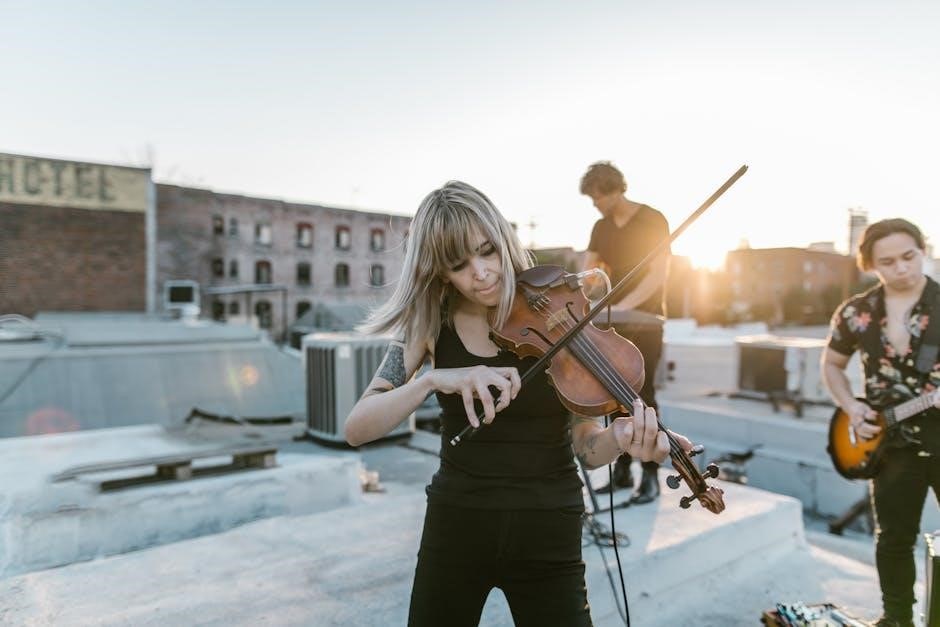
The Butterfly Lovers Violin Concerto was first performed in 1959 and quickly gained popularity in China. However, its fortunes were temporarily eclipsed during the Cultural Revolution (1966–1976), when many traditional and Western-influenced works were criticized as bourgeois. Despite this, the concerto endured, and its themes of love and resilience resonated with audiences during a time of great social upheaval.
In the years following the Cultural Revolution, the concerto experienced a revival, becoming a symbol of China’s cultural renaissance. It has since been performed by orchestras around the world, introducing the legend of the Butterfly Lovers to international audiences. The concerto’s global appeal lies in its ability to transcend cultural boundaries, speaking to universal human experiences of love, loss, and longing.
Today, the Butterfly Lovers Violin Concerto is considered one of the most important works in the Chinese classical music repertoire. Its historical significance extends beyond its musical innovation; it serves as a testament to the enduring power of China’s cultural traditions and the ability of music to convey profound emotional truths. The concerto’s legacy continues to inspire new generations of musicians and composers, ensuring that the story of the Butterfly Lovers will remain a vital part of China’s musical heritage for years to come.
Cultural Significance
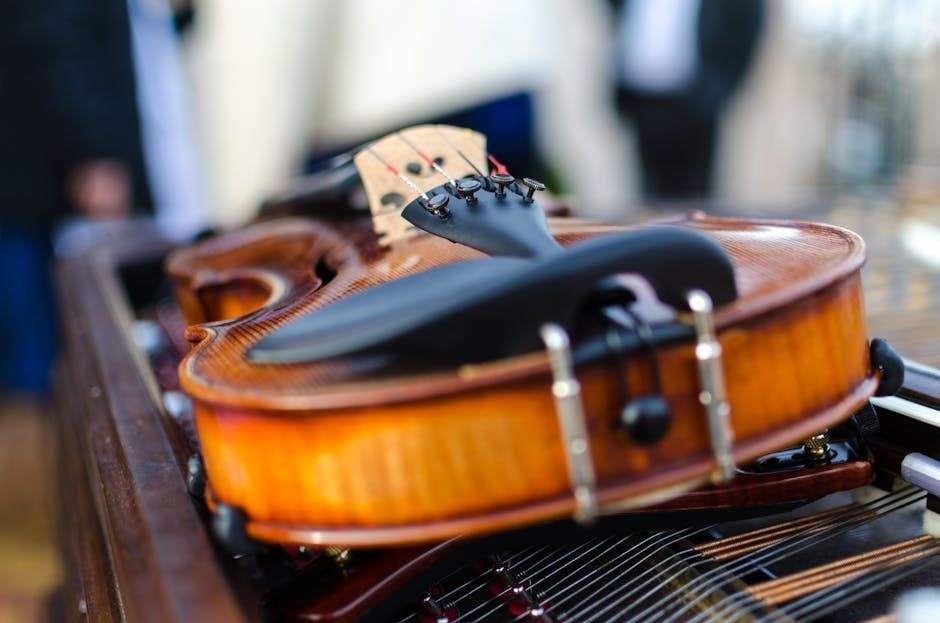
The Butterfly Lovers Violin Concerto holds a profound cultural significance in China and beyond, transcending its role as a musical composition to become a symbol of national identity and emotional resonance. Composed by He Zhanhao and Chen Gang in 1959, this concerto is not only a masterpiece of orchestral music but also a bridge between traditional Chinese culture and modern artistic expression. Its enduring popularity and universal appeal make it a cornerstone of Chinese cultural heritage, celebrated by audiences worldwide.
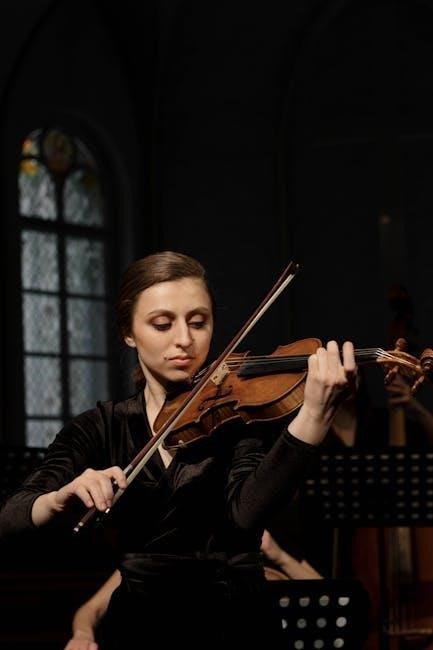
At its core, the concerto is an adaptation of the ancient Chinese legend of the Butterfly Lovers, a story that has been retold and revered for centuries. The tale of Liang Shanbo and Zhu Yingtai, with its themes of love, sacrifice, and transformation, resonates deeply with the Chinese people, reflecting values such as loyalty, perseverance, and the pursuit of happiness despite adversity. By setting this story to music, He Zhanhao and Chen Gang created a work that not only honors the legend but also captures the essence of Chinese emotional and cultural identity.
The concerto’s cultural significance is further amplified by its role in preserving and promoting traditional Chinese music. He Zhanhao and Chen Gang drew heavily from traditional Chinese folk songs and operatic melodies, particularly from the Yue opera, to craft the concerto’s distinctive sound. By incorporating these elements into a Western orchestral framework, they demonstrated the versatility and richness of Chinese musical traditions, paving the way for future generations of composers to explore similar fusions.
Moreover, the Butterfly Lovers Violin Concerto has played a pivotal role in introducing Chinese culture to the world. Its global performances have showcased the beauty and depth of Chinese music, fostering cross-cultural understanding and appreciation. The concerto’s ability to evoke universal emotions ensures that it resonates with audiences regardless of their cultural background, making it a powerful ambassador for Chinese culture on the international stage.
In addition to its cultural impact, the concerto has also become a symbol of resilience and hope. Composed during a time of significant social change in China, the work endured through periods of political turmoil, including the Cultural Revolution, when many traditional and Western-influenced works were suppressed. Its survival and subsequent revival testify to the enduring power of art to uplift and inspire, even in the face of adversity.
The concerto’s cultural significance is also reflected in its educational role. As one of the most frequently performed and studied Chinese musical works, it has inspired countless musicians, composers, and music educators. The availability of the concerto’s sheet music in various formats, including PDF, has made it accessible to a wide range of learners, ensuring its continued relevance and influence in music education.
Furthermore, the Butterfly Lovers Violin Concerto has been adapted and reinterpreted in various forms, from orchestral performances to arrangements for solo instruments and chamber ensembles. These adaptations demonstrate the work’s versatility and its ability to evolve while remaining true to its cultural roots. The concerto’s themes have also been incorporated into other art forms, such as ballet and film scores, further expanding its cultural reach and impact.
